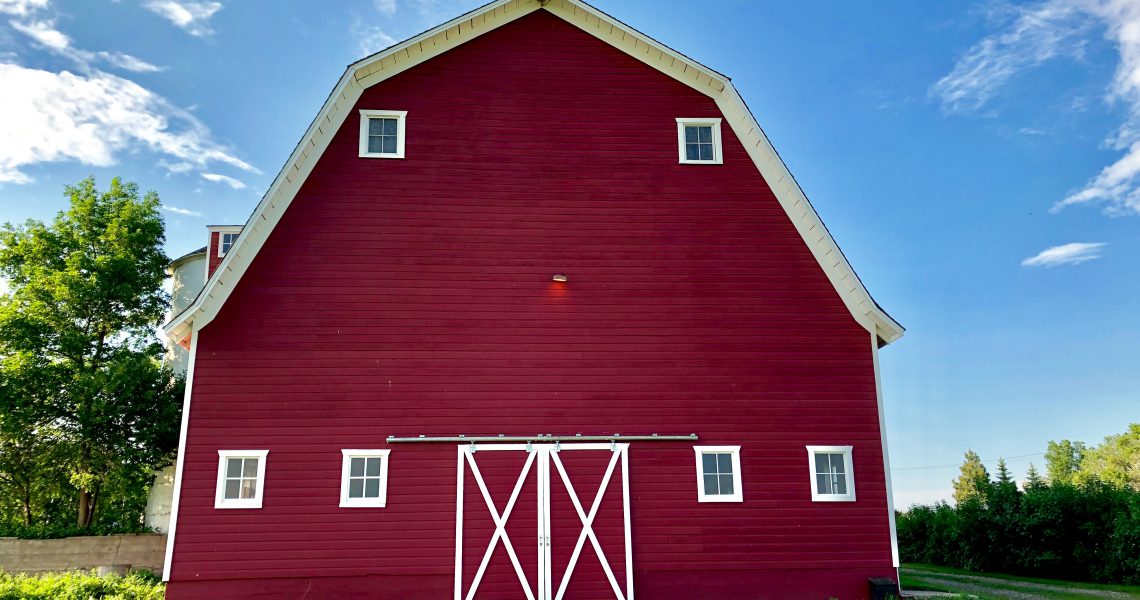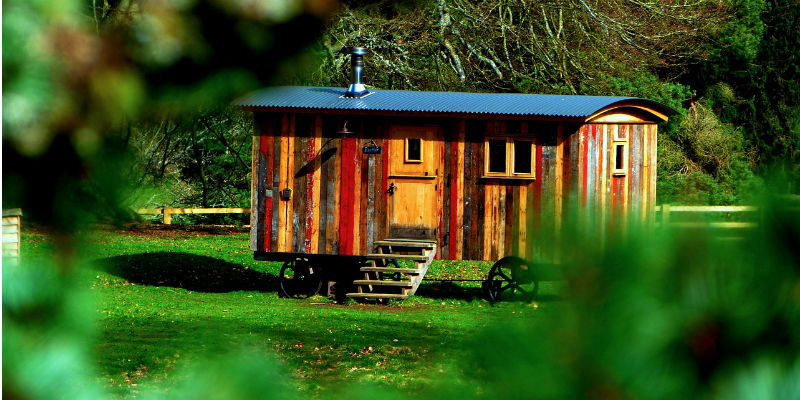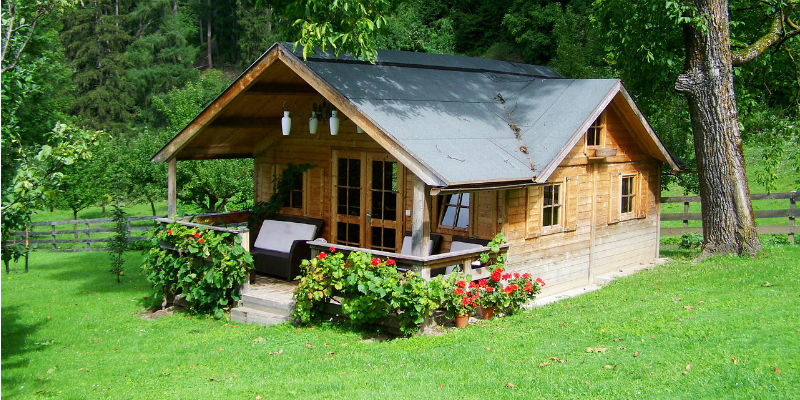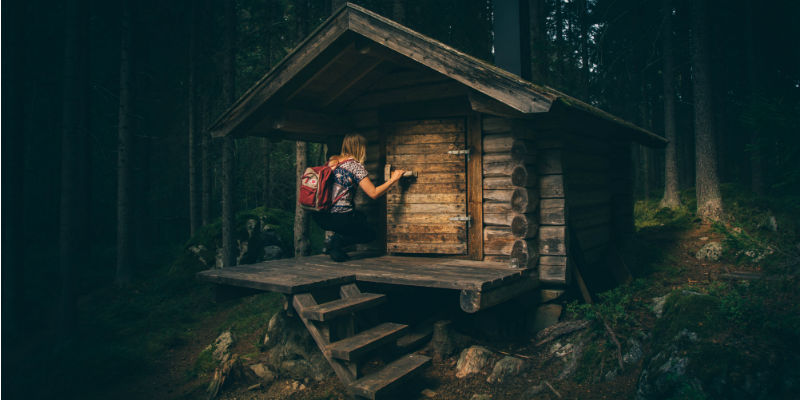Barn apartments are living spaces built into or above barns. There are many benefits to having this type of living space. Barn apartments serve many purposes. They provide housing for caretakers. Barn apartments are often used as a study or recreational space. They can even be used as a guest house for visitors. Planning is an important process when building any living space. The following are a few things to consider when working on your own barn apartments. Also, if you are looking for a horse property for sale in Colorado, contact Colorado Horse Property today and speak with one of our horse-person realtors.
Barn Apartment Planning
The first thing to think about when building your barn apartment is noise. There’s no way around it—horses are noisy. This makes sleeping in an apartment that’s beside or above a barn challenging. When planning out the space, try to position the bedroom next to or above the tack or feed room. These types of rooms are typically more quiet than the rest of the barn. Unfortunately, some designs can’t accommodate this. If you have to put the bedroom above the horse stalls, remember to use sound dampening materials during construction. A well-insulated room is just as good at keeping out animal noises.
Like any living space, your barn apartment will need utility access. With careful planning, you can take advantage of the utilities that your barn already has. This is particularly good when it comes to plumbing. By positioning the bathroom and kitchen above or next to the barn’s bathroom, you can use the existing piping in your build. The same goes for installing heating and electrical systems in the living space. Piggy-backing on ducts or electrical lines that are already there could save you time and money in your build.













